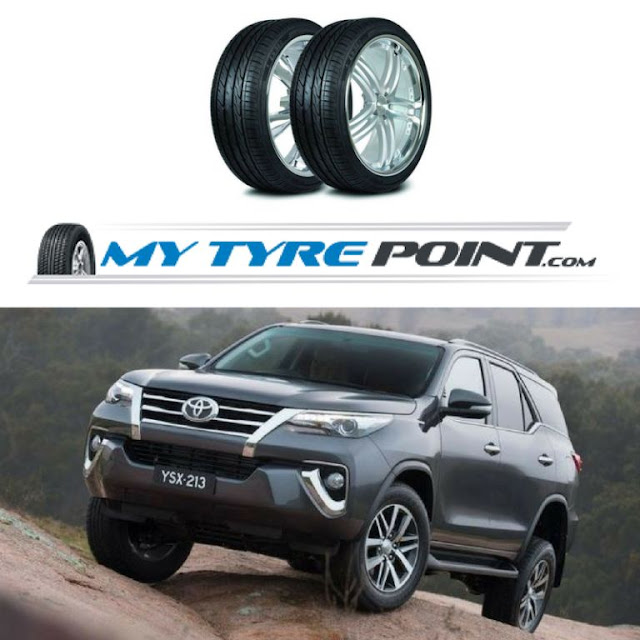Tyre tips for hot summer months
The
scorching summer heat often compels us to pay extra attention to our
health. However we often tend to forget that our cars, especially our
tyres, need to be taken care of too. Considering the challenging
summer climate in the region, high temperatures can become a serious
problem for tyres, especially if they are not properly maintained.
Pierre
Granzotto, General Manager for Passenger Cars and Vice President for
Michelin Africa, India & the Middle East (AIM) shares some key
tips on how to maintain your tyres during the hot summer months:
1.
Check all tyres regularly
All
tyres – including the spare – should be checked regularly. One
should look for any visible signs of wear or damage, such as deep
cracks, exposed cables, cuts or uneven wear of the tyres.
The depth of the tyre tread indicates the remaining service life.
The depth of the tyre tread indicates the remaining service life.
To
determine the tread depth, a tread depth gauge can be purchased and
used. Whereas a new tyre usually has a depth of 8mm, the minimum
legal requirement for a tread in motor cars is 1.6 mm, and motorists
are recommended to change a tyre when its tread is 3 mm.
2.
Check the tyre pressure – once a month
Tyre
pressure is the life-blood of any tyre. Check the pressure of
your tyres at least once a month. The air pressure in the tyre drops
naturally at the rate of up to two pounds of air every month.
However, high temperatures can increase the drop.
Apart
from the fact that they wear more quickly, poorly inflated tyres
generate more heat due to excessive sidewall flexing, affecting the
overall performance of the vehicle, including braking distance,
handling, safety and fuel consumption.
It
is important to always check the pressure when the tyres are cold,
meaning you have not driven the car for at least 2 hours or for not
more than 3 km.
3.
Check the tyre balance – when you feel a vibration
Ensure
that your tyres are properly balanced. If you feel vibration through
the steering wheel or through the vehicle body, your tyres could be
balanced incorrectly. Balancing helps prevent premature wear of your
tyres and eliminates vibration. It also protects the suspension,
steering system and bearings of your vehicle.
4.
Check the wheel alignment – when your vehicle tends to drift
Ensure
that your wheels are properly aligned. If your tyre has come into
contact with a solid object, such as a kerb or pothole, or you have
noticed uneven wear on your car
tyres, your suspension can be disrupted making your wheels
sit at improper angles.
During
summer, tyre discrepancies such as these must be monitored extra
carefully. Uneven tyre alignment can affect the handling of the
vehicle and will cause the tyres to wear unevenly and prematurely,
which in turn may lead to a tyre burst.
There
are several indicators of a misalignment; your car seems to be
drifting to one side even when you think you’re driving straight;
your steering wheel vibrates; or you are driving straight but your
steering wheel is not centred.
Tyre
alignment should be checked and corrected by a professional.
5.
Other tips to avoid tyre wear
With
the bike
tyre being the only contact point between the vehicle and the
road, one cannot do enough to ensure the best quality of a tyre.
These maintenance procedures must be done all year round, but during
the summer motorists are recommended to be extra cautious.
To
end, never overload your vehicle. Overloading increases tyre wear and
fuel consumption, adversely affects vehicle handling and stability,
and increases the braking distance. And keep an eye on the
suspension. Old or worn shock absorbers can cause faster tyre wear
and impact vehicle handling.
Article
Sorce:



Comments
Post a Comment